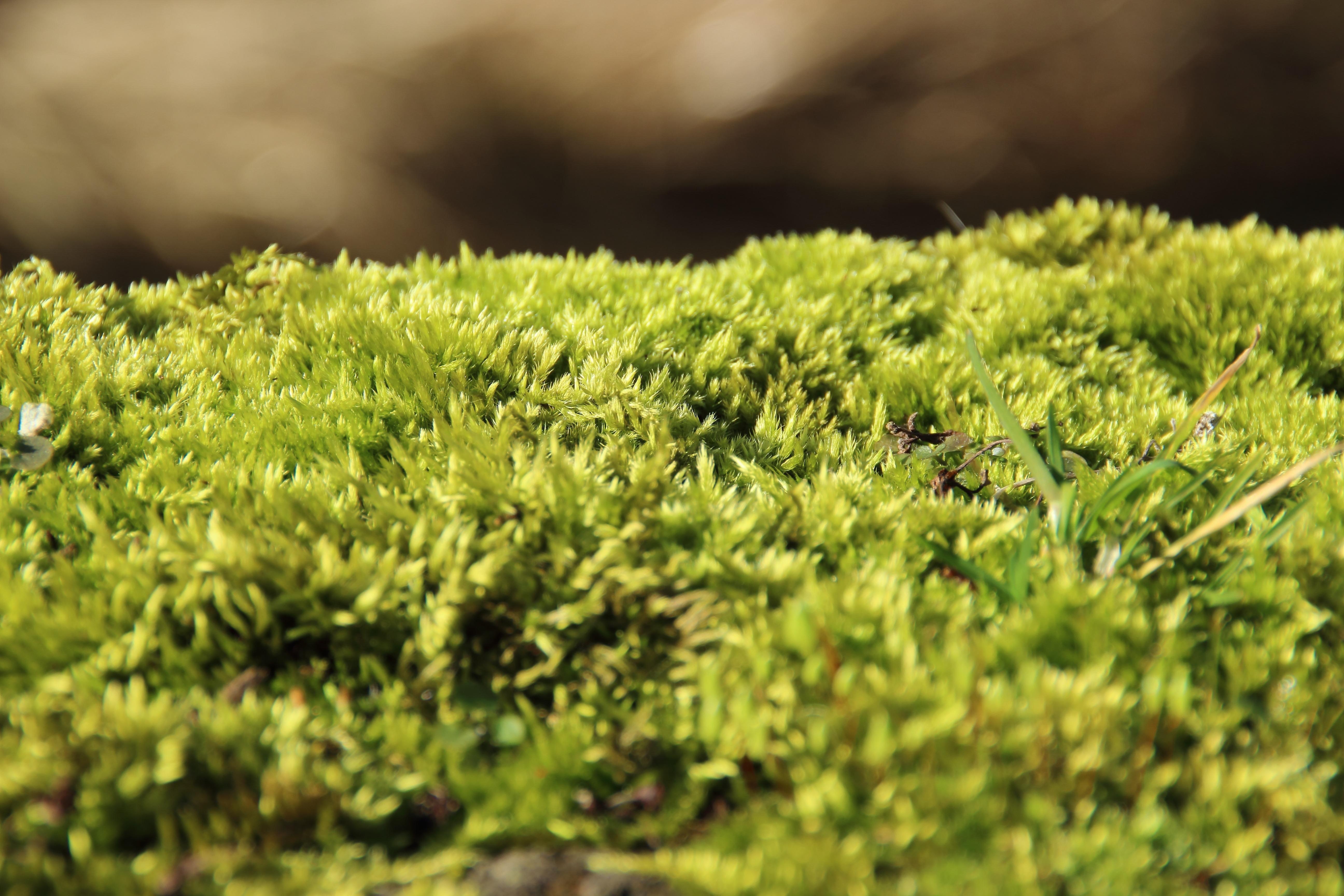
88ee48b3e24d462dd6fd48cbe43240a0.jpg from: https://www.pinterest.com/pin/496592296404369482/
Microlejeunea dispar Jovet-Ast: A Tiny Moss with a Big Story
Introduction
When it comes to the world of mosses, Microlejeunea dispar Jovet-Ast may be small in size, but it has a fascinating story to tell. This tiny moss species, belonging to the

42715856.jpg from: https://waarneming.nl/waarneming/view/225365248?_popup=1
Lejeuneaceae family, is commonly known as Microlejeunea. In this blog post, we’ll dive into the details of this intriguing plant and explore its unique characteristics, global distribution, and ecological significance.
Background
Microlejeunea dispar Jovet-Ast is a species of leafy liverwort, which is a type of non-vascular plant in the division Marchantiophyta, class Jungermanniopsida. The specific epithet “dispar” refers to the unequal size and shape of the leaves on the plant. Microlejeunea is one of the smallest genera of liverworts, with individual plants often measuring less than 1 mm in size.

tree-forest-grass-branch-plant-field-lawn-meadow-leaf-flower-moss-green-fluffy-soil-shrub-soft-flowering-plant-grass-family-woody-plant-land-plant-non-vascular-land-plant-1344977.jpg from: https://pxhere.com/de/photo/1344977
Morphology and Identification
Identifying Microlejeunea dispar Jovet-Ast requires a keen eye and a microscope due to its miniature size. The leaves are arranged in two rows along the stem and are unequally sized, with the upper lobe being larger than the lower lobe. The leaves also have a distinct lobule, which is a small, inflated structure at the base of the leaf. The lobule aids in water retention and nutrient uptake.
Global Distribution and Habitat
Microlejeunea dispar Jovet-Ast has a wide global distribution, found in tropical and subtropical regions across the Americas, Africa, Asia, and Oceania. This tiny moss thrives in a variety of habitats, including tree bark, leaves, and rocks in humid forests. Its small size allows it to colonize microhabitats that larger plants cannot access.
Ecological Roles and Adaptations
Despite its small stature, Microlejeunea dispar Jovet-Ast plays important ecological roles. As an epiphyte, it contributes to the diversity of life in forest canopies and provides microhabitats for other small organisms. The moss also helps in nutrient cycling by trapping and breaking down organic matter.
Microlejeunea has adapted to its environment in several ways. Its small size allows it to colonize small spaces and conserve water. The lobules on the leaves aid in water and nutrient uptake. Additionally, the plant can reproduce both sexually and asexually, enabling it to spread and adapt to various conditions.

liverwort_microlejeunea_ulicina_17-02-13_2.jpg from: https://www.aphotoflora.com/liverwort_microlejeunea_ulicina.html

Zwackhiomyces-echinulatus-holotype-A-Mature-ascus-young-ascus-and-hamathecial_Q320.jpg from: https://www.researchgate.net/figure/Microlejeunea-strasbergii-A-Habit-B-Leaf-in-ventral-view-C-Underleaves-D_fig1_255882551

t_b57e3c9d98ee1b12724a89d0d6e9edb7.jpg from: https://www.asturnatura.com/familia/lejeuneaceae.html

2020-09-04-17-43-17-800×600.jpg from: https://www.britishbryologicalsociety.org.uk/learning/species-finder/microlejeunea-ulicina/

92081.tif.JPG from: https://ejournal.sinica.edu.tw/bbas/content/1998/2/bot92-08.html
| Characteristic | Description |
|---|---|
| Size | Less than 1 mm |
| Leaf Arrangement | Two rows, unequally sized |
| Lobule | Small, inflated structure at leaf base |
| Habitat | Tree bark, leaves, rocks in humid forests |
| Distribution | Tropical and subtropical regions worldwide |
Conclusion
Microlejeunea dispar Jovet-Ast may be one of the smallest mosses, but it has a big story to tell. From its unique morphology to its global distribution and ecological roles, this tiny plant is a fascinating example of the diversity and adaptability of life on Earth. The next time you find yourself in a humid forest, take a closer look – you might just spot a miniature world of Microlejeunea thriving in the microhabitats around you. Who knows what other small wonders await discovery?